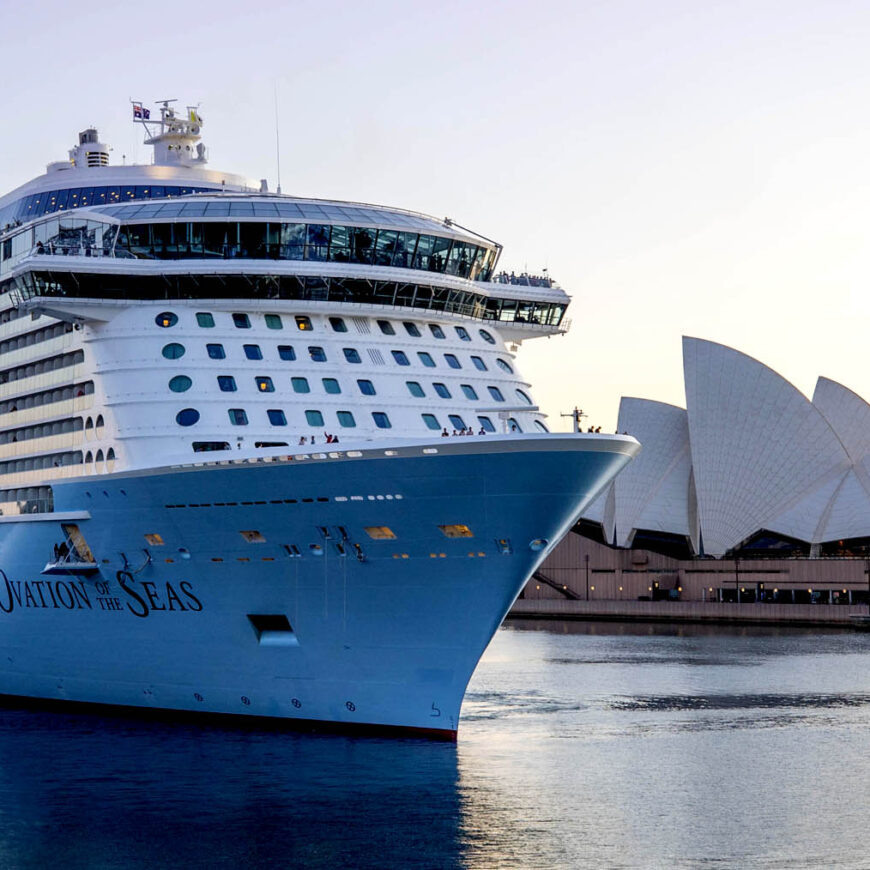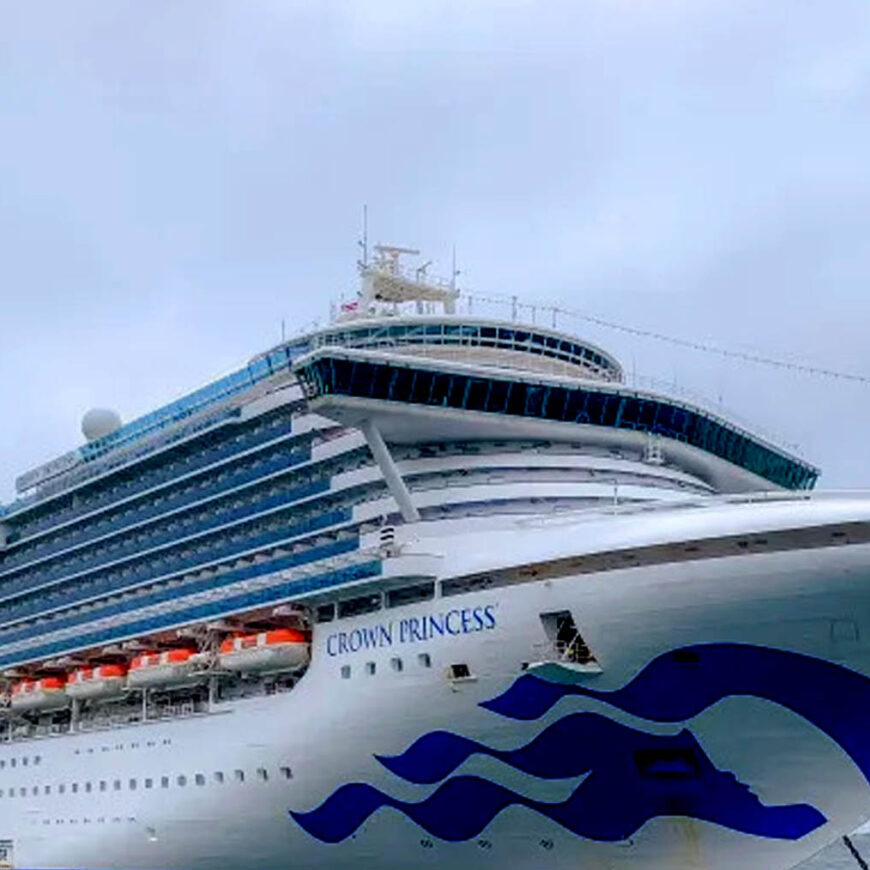You can save big on your next holiday phone bill
Tips & AdviceDid you know it can cost up to $3 per minute to call and $4 per megabyte to post a holiday selfie? Holidays may be a time for indulgence, but this is one splurge you probably don’t want to make.
When it comes to hidden extras, the mobile phone industry can be very good at pressing the silent button. Last week, we found out that global roaming charges are costing Australians $46 million a year, with an average phone bill of $278.
Cruise ships have gone hi-tech and almost all offer onboard internet packages. This doesn’t come cheap but investments in technology are making the service more reliable and reasonably-priced.
But what happens when you dock in a new port every few days? Here are some tips to help you avoid getting stung…
Know what you’re getting into
Whistleout provides a great overview of what the major providers charge, and some provide travel packs and data bundles. The Telstra International Travel Pass is a good option if you’re travelling to multiple ports. You get unlimited calls and texts but only 80Mb per day.
If you’re an existing customer, Vodafone offers the best value plan at $5 per day per country to use your phone as if you were in Australia. It’s hassle-free and has the best global coverage. This only kicks in if you use your phone on that day so if you leave it switched off you won’t pay a thing.
A three-week trip to Singapore and South Africa using Vodafone’s roaming plan cost me $150 for 44 minutes of calls, 13 texts and 390Mb of data. I kept the phone switched off for 8 days. Based on average roaming charges, this could have set me back $440.
Buy a SIM card
You can get very good value if you buy a SIM card at your destination but you’re not likely to need this unless you’re staying in place for a while. You can also buy a pre-paid international SIM before leaving Australia and you won’t have to worry about bill shock. These SIMS only work in unlocked phones and getting yours unlocked could set you back between $50 and $150.
Rely on wifi
If you decide to rely on wifi instead of roaming, the crew and local tourism offices can usually tell you where to find wifi hotspots in port. But be aware that your phone could be performing background updates once you lose the network. Choice offers some tips for preventing stealthy data costs when your phone does its own thing. Switching to airplane mode is a good start.
Play it safe
Another failsafe way is to dumb it down completely. Dust off the old Nokia for emergency calls and texts and use a tablet or laptop where there’s wifi, assuming you want to lug them around.
Lastly, you could just switch it off and go out of range completely. Enjoy the moment you spot that perfect terrazza instead of losing it to the search for the right Instagram filter. Our money’s on this one.













